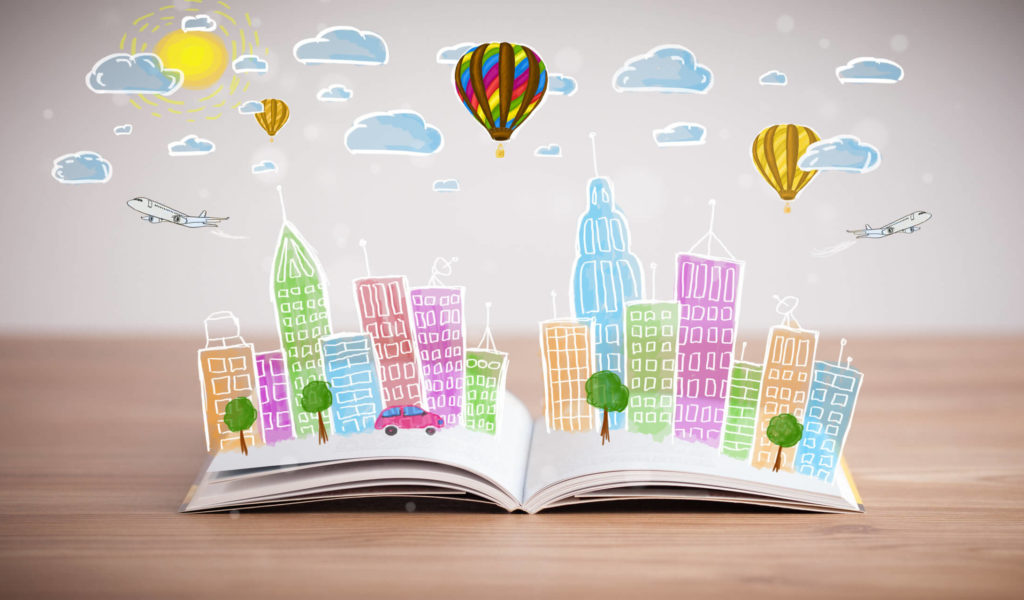Early Literacy: Reading, Writing, Learning

Early language and literacy set the foundation for success in school. For this reason, parents must foster these skills early.
What We Know About Early Literacy
Language and literacy develop at the same time, and development begins in the first three years of life. Thus, children gain extensive knowledge of language, reading, and writing well before they enter kindergarten. A child with limited language or literacy exposure will have greater difficulty learning to read and write.
Early Literacy is Not Early Reading
Infants and toddlers do not develop literacy through formal instruction, nor is formal instruction at this age appropriate. A child develops literacy through literacy-rich experiences and parent encouraged literacy behaviors. Therefore, you can foster early literacy behaviors by:
- Allowing your child to hold books, turn pages, and yes, even chew on books
- Encouraging your child to attend to pictures – Locate a favorite picture, point to familiar objects in a picture, and imitate actions in a story
- Helping your child recognize print as meaningful by pointing to print as you read, moving from left to right
- Providing your child with pencil/crayon to scribble (write), not just color – Letters will not be legible at this age.
- Singing nursery rhymes or doing action rhymes
- Reading to your child nightly – Reading is easily incorporated into a bedtime routine. It can be five minutes or less. You do not have to read the words to tell the story, but you can talk about the pictures or sing the story.
Books Young Children Like
Infants 0 – 6 Months
- Books with large, simple pictures with bright colors
- Stiff cardboard, chunky books
- Cloth and soft vinyl books with pictures of people or familiar objects
Infants 6 – 12 Months
- Board books with photos of other babies
- Brightly colored cardboard books to touch and taste
- Books with familiar objects, such as balls and bottles
- Plastic and vinyl books for bath time
- Washable cloth books to mouth
Young Toddlers 12 – 24 Months
- Sturdy board books that they can carry
- Books with photos of children doing familiar actions, such as sleeping, eating, or playing
- Goodnight books for bedtime
- Books about saying hello and good-bye
- Books with only a few words on each page
- Animal books
- Books with a predictable story
Toddlers 2 – 3 Years
- Books that tell simple stories
- Books about numbers, alphabet, shapes, sizes
- Simple rhyming books that a child can memorize
- Books about animals, vehicles, food, playtime
- Books about favorite TV characters
So, by focusing on the first three years of life, we provide children with the building blocks for language and literacy development. For links to studies on how early childhood literacy positively impacts success in school, check out United for Libraries. Also, for ideas to encourage early language, click here.
